Playing in, on, or around water is one of life’s simple joys for children – no matter where they are. But tragically, that joy can turn to heartbreak in an instant.
Drowning is one of the leading causes of death for children and young people around the world, claiming the lives of 96,000 children every year. That’s more than 10 children an hour.
And 90% of these tragic deaths happen in lower- and middle-income countries.
The most devastating part? Most of these deaths are preventable.
Did you know?
5
A toddler or child can drown in 5 centimetres of water. Every exposed water source, no matter how shallow, poses a significant danger.
25
Young children can drown silently in as little as 25 seconds. Supervision of children in and around the water needs to be close, constant and attentive.
Every child deserves to be safe
In Australia, swimming is a part of childhood, a skill many of us take for granted. But across South Asia, too many children never get the chance to learn how to swim, and drowning continues to claim young lives far too often.
On a recent visit to Bangladesh, Olympic swimmer and UNICEF Australia Ambassador Emma McKeon, who learned to swim before her second birthday, witnessed a starkly different reality. For children growing up in the region, the simple joys of childhood – playing, walking to school, and simply being a child – can pose serious risks.
In a country that’s mostly flat and prone to floods, the rising waters don’t just cover the land, they take away safe spaces, turning everyday moments into risks no child should have to face. Every year, more than 15,000 children lose their lives to drowning across the country. That’s more than 40 children every single day, making drowning the second leading cause of death for Bangladeshi children under five.
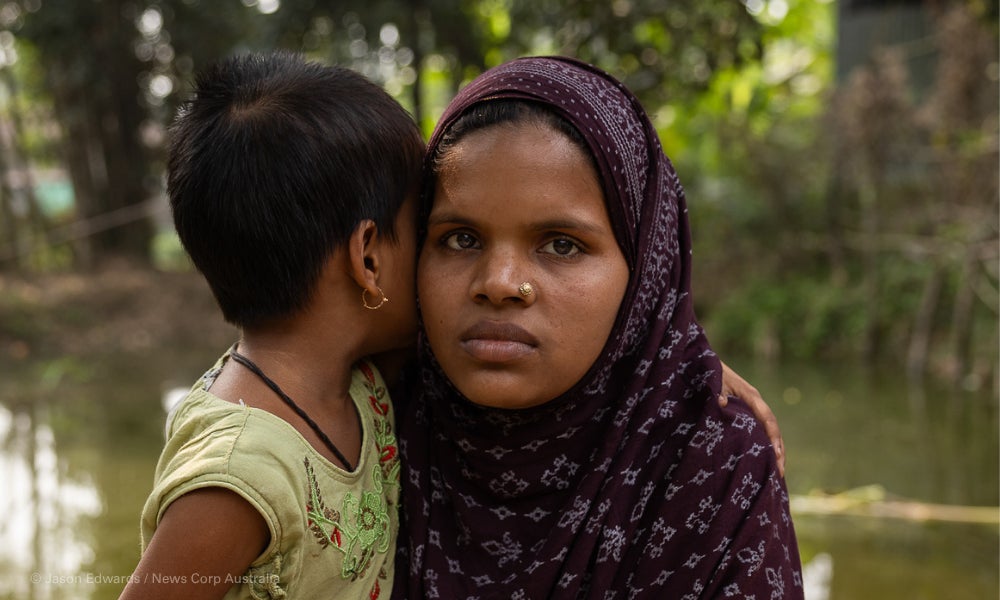
Sufiya knows this heartbreak all too well. Four years ago, her two-year-old son Abu drowned in a pond just steps from their back door. It happened in an instant, but it changed her life forever.
"I lost a child, and I don’t want any other mother to lose a child."
Her story is a painful reminder of how quickly lives can change, and why urgent action is needed to protect children from preventable deaths.
But there is hope. As part of her role as UNICEF Australia Ambassador, Emma also saw firsthand how UNICEF is working with local partners to end drowning, so every child can grow up safely – no matter what.
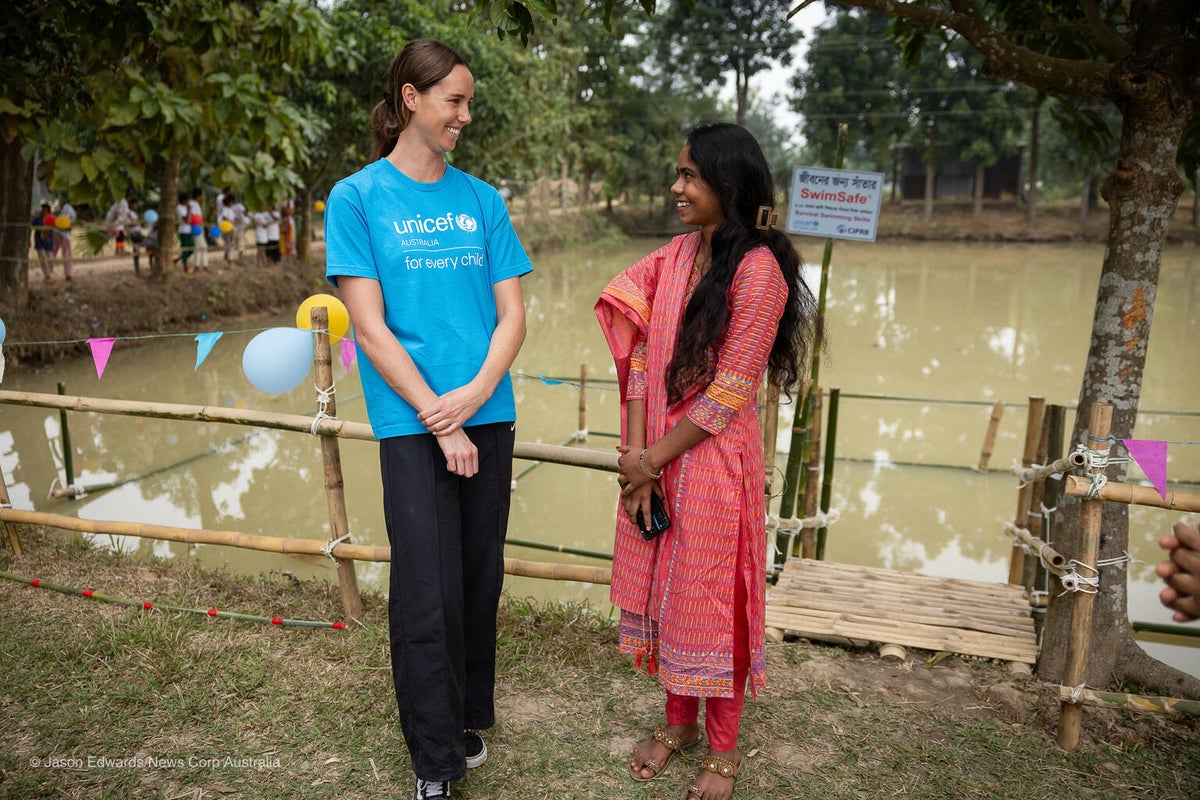
To address the drowning crisis in Bangladesh, UNICEF works with local partners on Swim Safe programs to help turn fear into lifesaving skills.
Mim, who shares Emma’s passion for the water, is a 20-year-old swim instructor at the Swim Safe program supported by UNICEF, in Gazipur, central Bangladesh. After her younger brother nearly drowned twice, Mim developed an interest in teaching other children how to swim. She learned swimming from her father, who sadly passed away when she was still a little girl.
"I feel so happy teaching children how to swim. People in the community love and respect me for working with swimming."
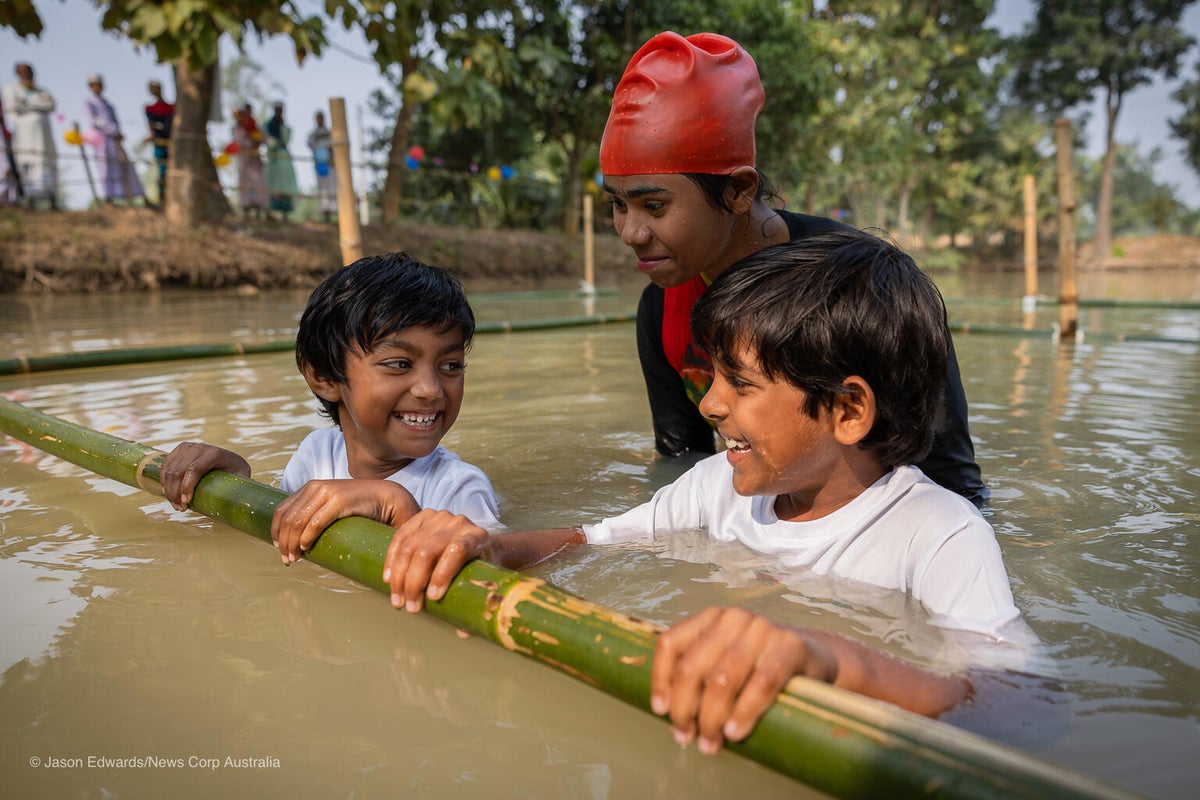
UNICEF works with local organisations to train community instructors just like Mim, to teach younger children how to be safe in water, as well as to incorporate swimming as an essential life skill for school students, addressing lack of girls' access to swimming and sports, and promoting swimming as a sport in the country.
Since 2006, more than 600,000 children have benefited from this program, giving them the chance to grow up safely.
"[This program has] a really close connection to me and how I've spent my life. In Australia, we have a huge amount of access to learn to swim, and so many children here don't."
How UNICEF is taking action to end drowning
UNICEF believes that every child should survive and thrive in a healthy and safe environment. That’s why reducing drowning deaths is such an important part of our work.
UNICEF focusses on the 3 S’ to keep children safe:
- Safe Places: Ensuring young children are kept safe around water.
- Safe Journeys: Creating secure ways for children and young people to travel on and around water so they can reach school, health services, friends and family.
- Safety Skills: Teaching lifesaving skills like swim survival, safe rescue skills, and water safety awareness.
Together, we can help end drowning, for every child, everywhere.
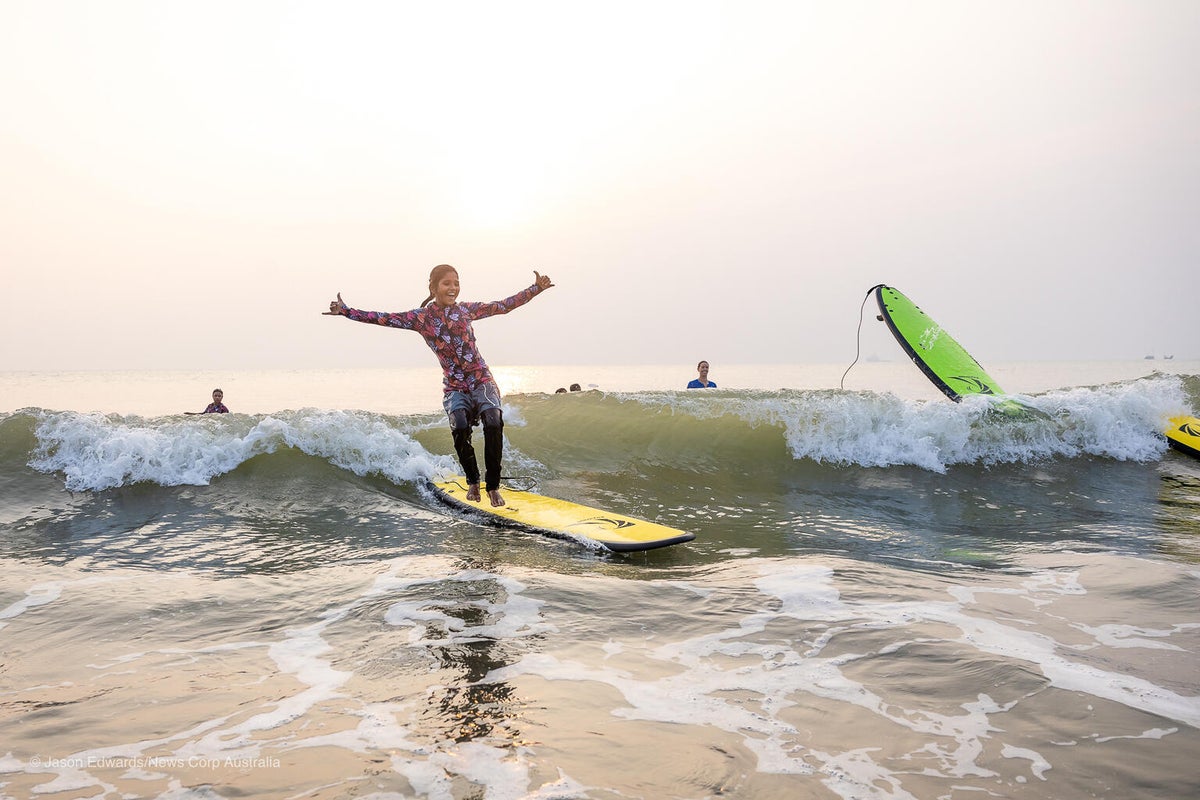
Emma McKeon shares six lifesaving tips to keep children safe in and around water:
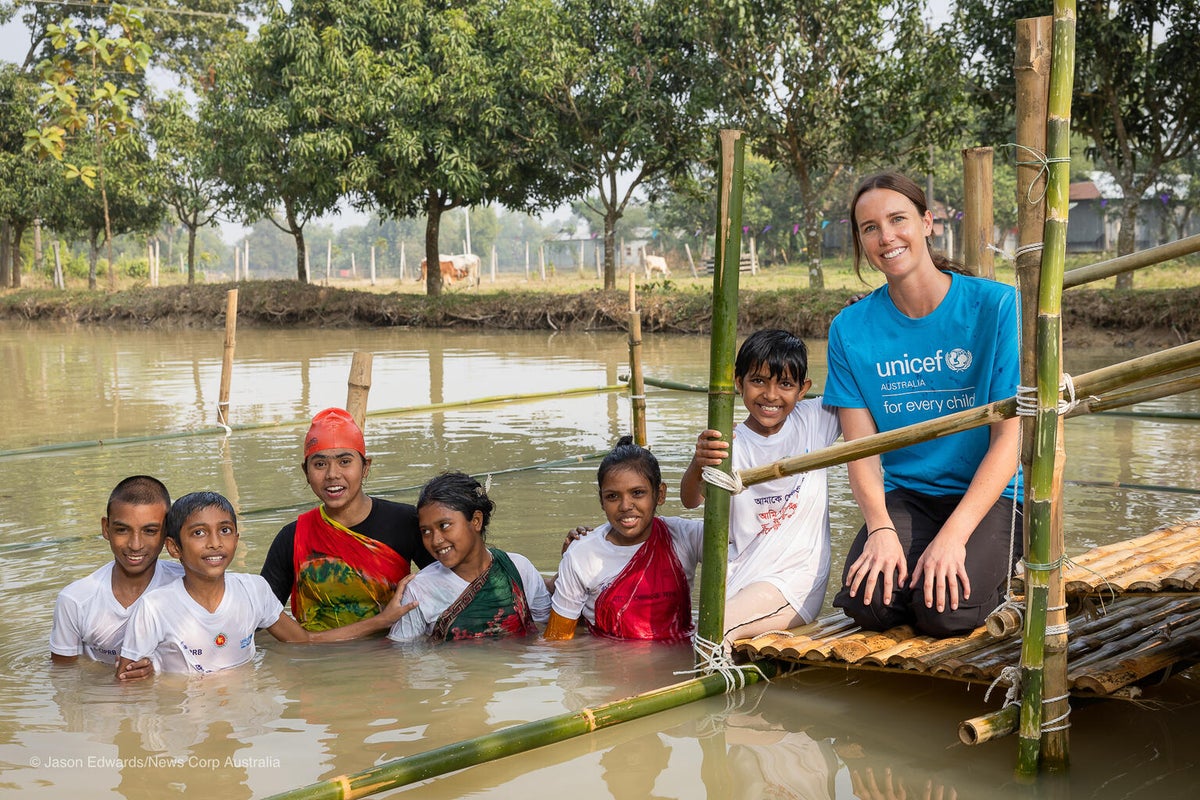
Six lifesaving tips to keep children safe in and around water
- Setting up barriers to keep children away from dangerous water.
- Creating safe places away from water such as crèches for pre-school children.
- Teaching essential swimming, water safety, and safe rescue skills.
- Training bystanders in safe rescue and resuscitation.
- Setting and enforcing rules to make boating, shipping, and ferries safer.
- And improving flood risk management to protect children and their communities.
UNICEF is working around the world with local partners, governments, communities, within schools and alongside children and young people to make these safe places, safe journeys and safety skills a reality.
We all have a role to play in keeping every child safe from drowning.
Because every child deserves to be safe.
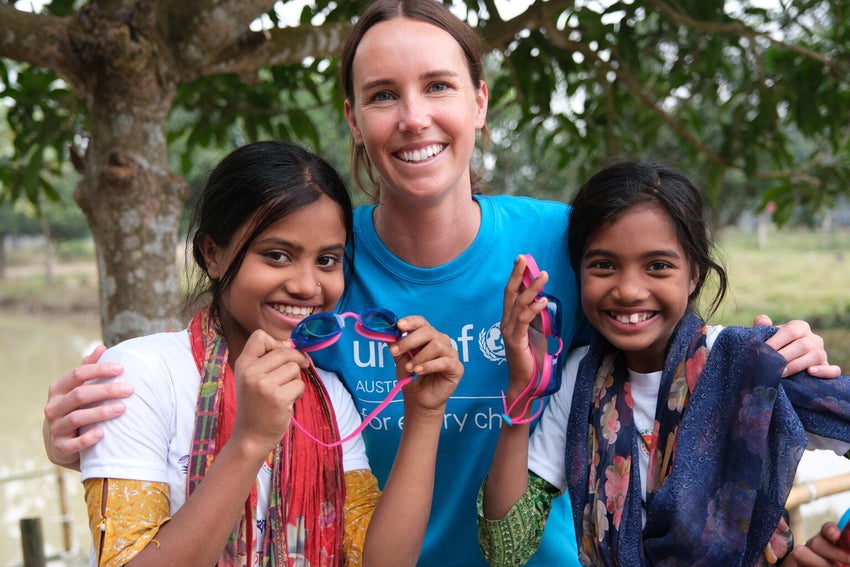
Join Emma by donating today. Together, we can make an impact!
Help deliver safe drinking water, education and SwimSafe programs to children in Bangladesh.
Related articles
Stay up-to-date on UNICEF's work in Australia and around the world
















